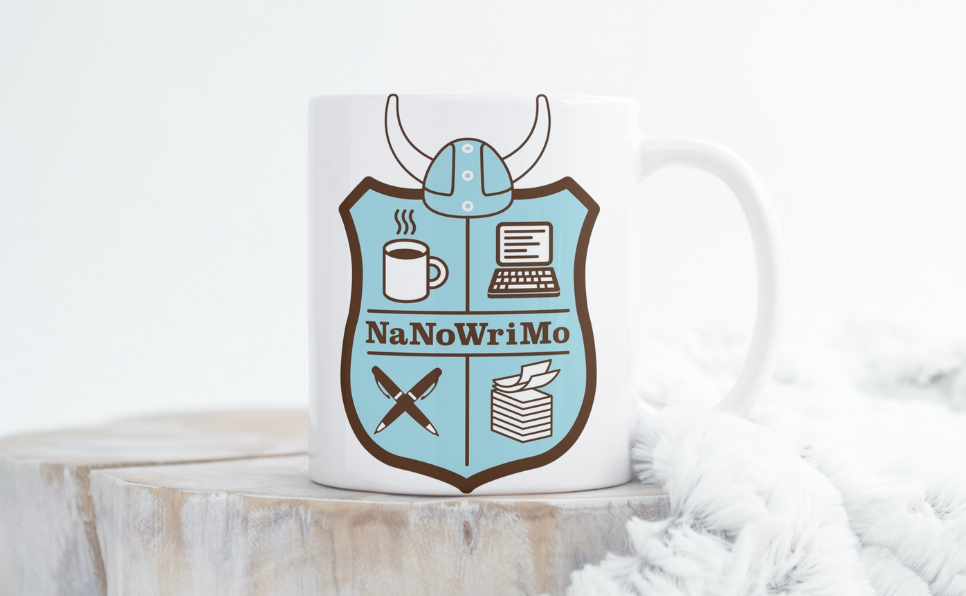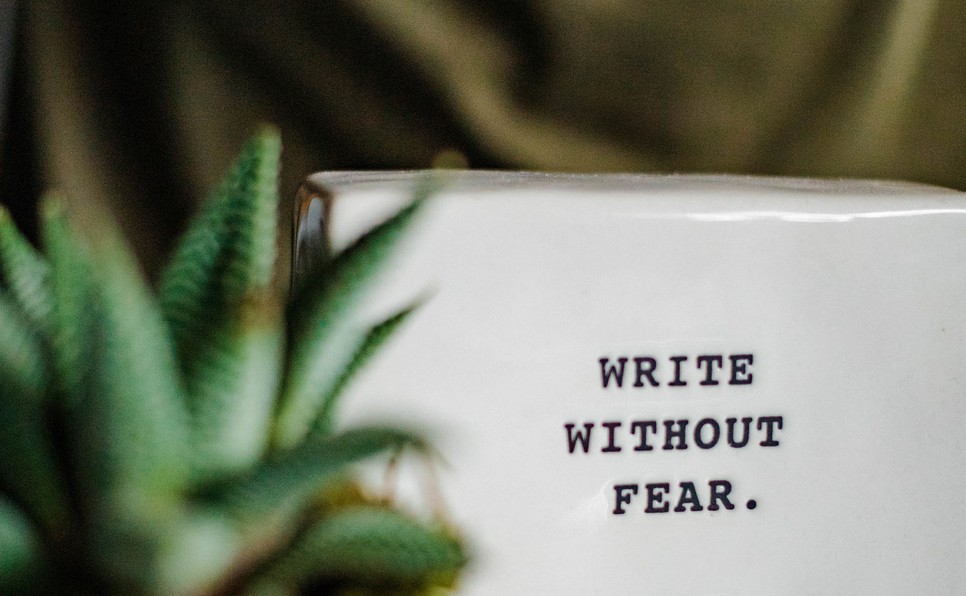Plotting vs. pantsing: the great debate. Every writer likes to think they’re one or the other, or perhaps a bit of both (a “plantser”). There’s just no other way to draft your novel without veering towards one of these two categories. But how do you know which one you are? Can you pivot from one to the other? And finally, which method offers the best way to draft your novel?
What is a plotter?
A plotter is someone who takes a methodical approach to novel writing and creates an outline of their story or plot before putting pen to paper. This outline could be created in Word, or using a novel writing software like Scrivener, or even by using a bunch of multi-colored index cards to map out your novel, scene by scene. Plotters tend to do a lot more background research ahead of starting any writing projects, and they are usually slower off the ground to actually write.
What is a pantser?
The clue is in the name. Are you a fly-by-the-seat-of-your-pants kind of person? Great. You are a pantser. In other words, you are “pantsing” it, winging it, letting your fingers fly free, and generally making your story up as you go along. You won’t have a plot or outline to work to, and you will dive straight into the writing, without giving much thought to where the story is going.
Plotting vs. pantsing: Can you be both?
Yes! I’ve written novels that I’ve plotted, and novels that I’ve pantsed. You can even change your approach halfway through. Many writers admit to varying their approach depending on the project. There are so many different ways to go about writing a novel, that sometimes you can set out with all the best intentions to plot, but the creative magic takes over and you end up just following your characters and instincts. Or, you start out pantsing, and realize you won’t get very far without figuring out the details of your plot.
The pros of plotting
Knowing where you’re going with your story can save you a ton of time. It can also make drafting more of a writing by numbers task—you simply fill in the gaps. This can help you avoid writer’s block and steer your direction towards the ending. When it comes to editing and rewrites, you won’t have to go back and fix gaping plot holes or character inconsistencies, and perhaps your second draft will be stronger than if you’d just been pantsing it (although plotting doesn’t guarantee a solid first draft). Plotting is also extremely useful if you know ahead of time that your plot is going to be intricate, or if your characters’ journeys are complex, or if you want to weave a specific theme throughout.
The cons of plotting
It’s so much work! Plotting can take hours and can be an extremely frustrating task. Where do you even start? With chapter outlines? With your characters? With setting? And how do you know if you’ve done enough research before you start writing? Plotting isn’t foolproof; it can still lead to plot holes later down the line. It can also feel stifling. The theory goes that the more that you know about your story ahead of time, the less inclined you’ll be to actually write it. I’ve tried to plot novels before and then got caught up with a story I no longer cared about. This just led to me feeling frustrated at having put in so much time and effort on a plot that I no longer want to use and ultimately, giving up. A plot is also not a novel. It doesn’t add to your word count or feel like progress. This could leave you feeling demotivated and not want to even start what you set out to do!
The pros of pantsing
The biggest pro for me with pantsing is getting straight to the good stuff: the writing. You can just let your imagination take over, let your writerly voice out, and get that word count up. Word count in itself is a huge goal to hit; remember, first drafts are simply about getting the words down. Who cares if they’re the wrong ones? Once you have the words, you can always fix them later. Often, pantsers talk about following their characters and letting do their own thing, which can be liberating and lead you to unexpected places. The same principle applies to plot—so what if it doesn’t make sense right away? It’s organic, and exciting, and you can always fix it later. One of the key craft elements that keep readers turning the pages is surprise in fiction, and what better way to create surprise than to surprise yourself as you write?
The cons of pantsing
You can write an insane plot that ties you in knots. You might get writer’s block not knowing how to fix the traps you’ve laid out for your characters. You might even accidentally switch genres halfway through. It might not make sense. Your first draft might be really, really bad. The editing process is likely to be much more complex than if you’d plotted, with a lot of heavy fixing to fix obvious (and not so obvious) errors.
Plotting vs. pantsing
Personally, despite being a highly-organized, Type A person, I take the side of the pantser in the great plotting vs. pantsing debate. Why? Because I enjoy the creative freedom it facilitates. However, something I do as I’m writing is keep a separate plot document, and bullet point what’s happening in each scene as I go along so I don’t forget. This saves me so much headache when it comes to editing my first draft, because I already know where my plot holes are. I have a plot! I just plot simultaneously, rather than ahead of time. I guess you could say that when it comes to plotting vs. pantsing, I’m a “plantser.” Other writers pants first, then plot a second draft.
Architects and gardeners
Author George R.R. Martin famously said that there are two kinds of writers: architects and gardeners.
“The architects do blueprints before they drive the first nail, they design the entire house, where the pipes are running, and how many rooms there are going to be, how high the roof will be. But the gardeners just dig a hole and plant the seed and see what comes up. I think all writers are partly architects and partly gardeners, but they tend to one side or another, and I am definitely more of a gardener.”
I love this analogy and find it a useful creative tool to judge my mood on any given day. Am I drawing up blueprints, or planting a seed?
What’s the best way to draft your novel?
When it comes to plotting vs. pantsing, there is no best way to draft your novel. Every writer has their own method, but it is important to be aware of which ones work best for you. I’ve found that you at least have to have a sense of the story you’re telling, the conflict, and the change. You might even wish to set up your novel in three acts: the setup, the change or turn, and the climax or resolution. The plot simply describes a bunch of stuff that happens in your book across these three acts. But story is something altogether different, and that may not be apparent until the second, fifth, or twentieth draft. The best advice I can give is write your story, the story only you can tell, however you can. Just write.
Recommended reading
Here at Aspiring Author, we love recommending bestsellers and fawning over hot new releases. On this real time recommended reading list, you will find a list of top rated books on the publishing industry, craft, and other books to help you elevate your writing career.









